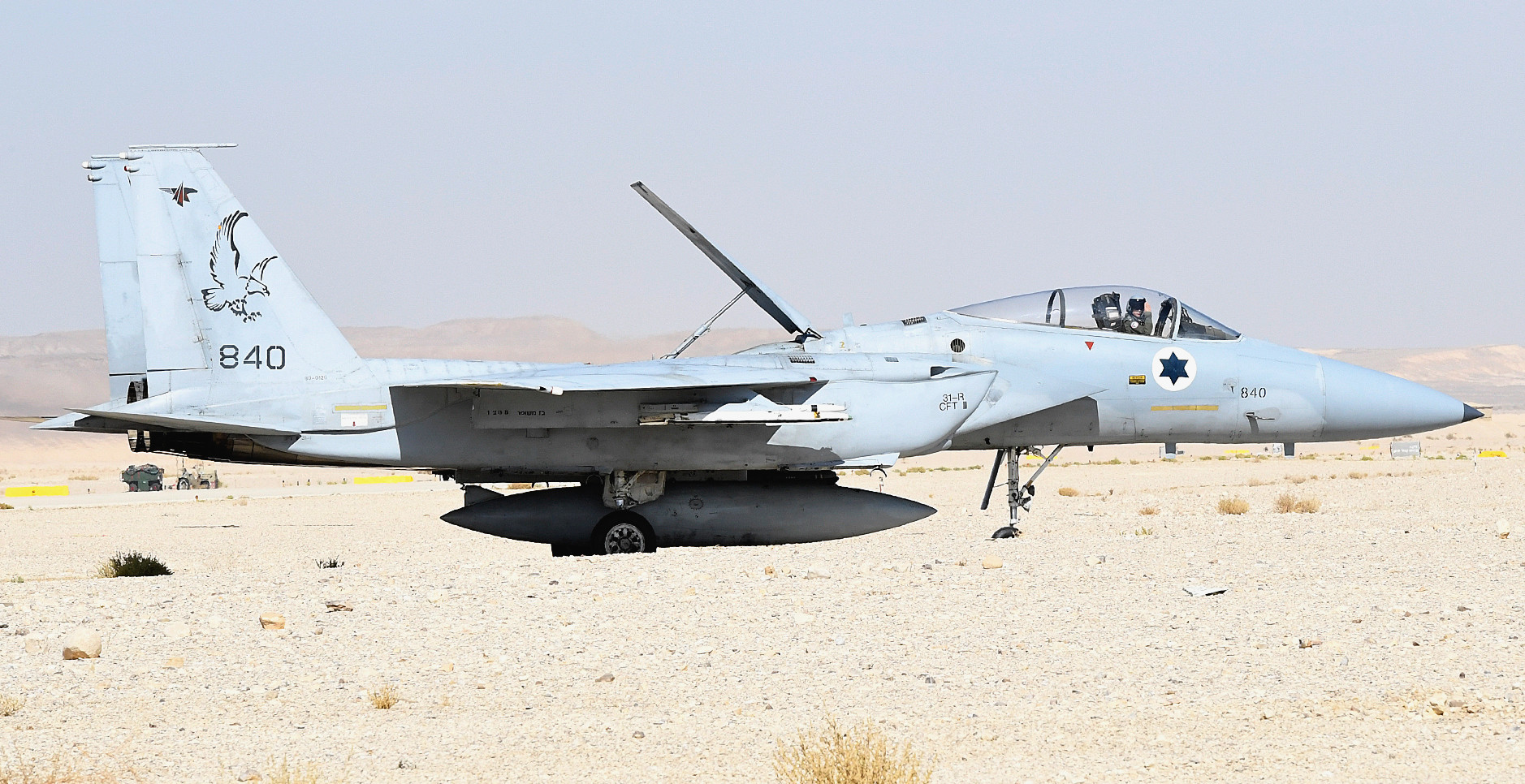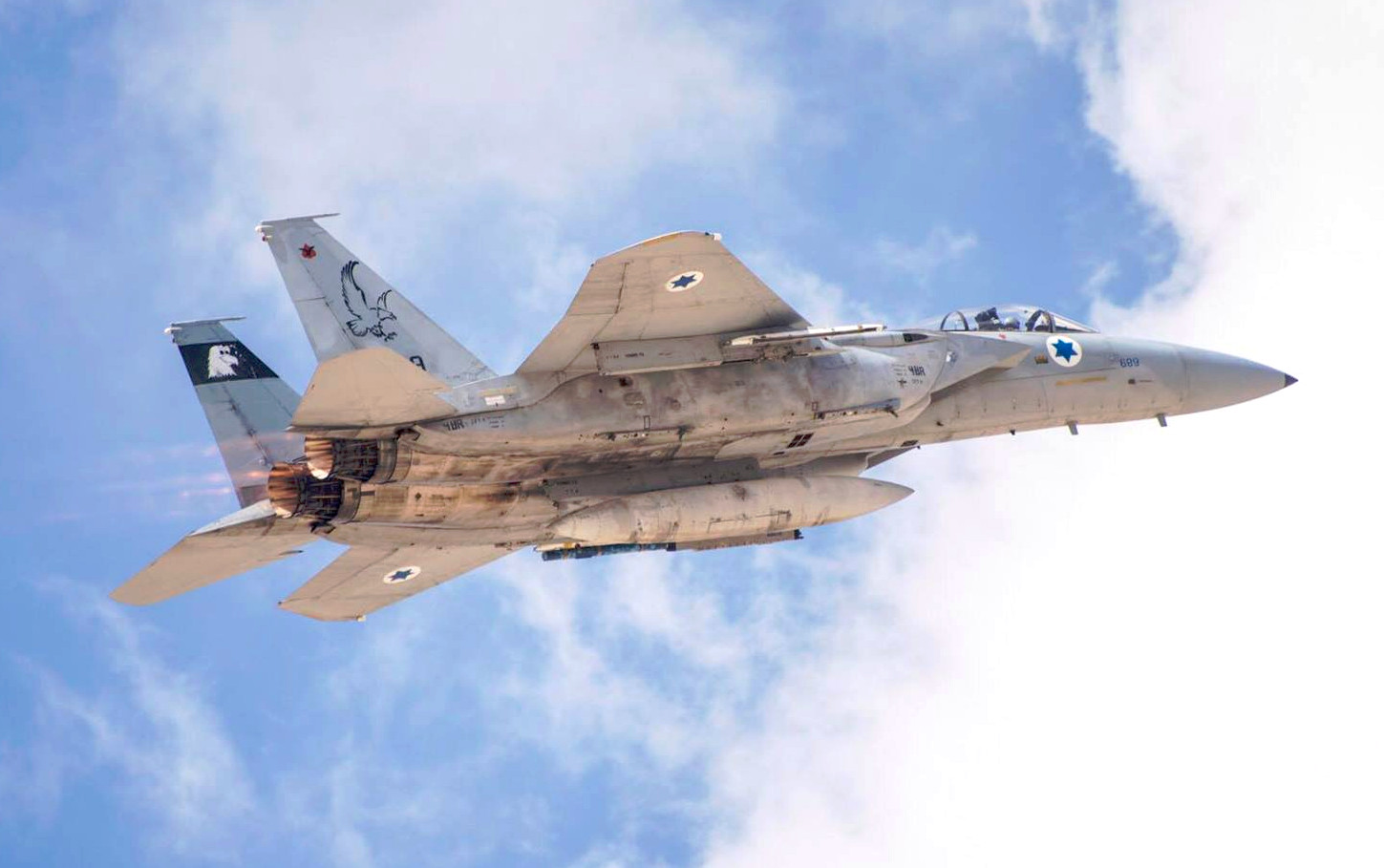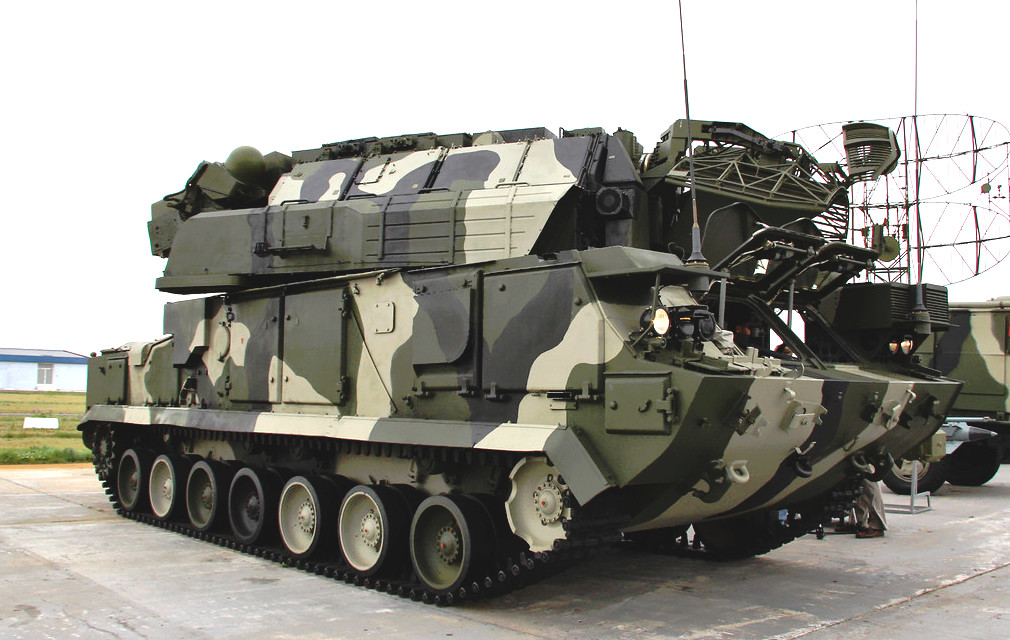Israel has dropped plans to send F-15 jet fighters to a major U.S. Air Force exercise in Alaska for the first time. The decision comes amid a burst of Israeli air strikes against Iranian forces and their proxies in Syria, including a recent operation over that country that reportedly destroyed one of Iran’s Russian-made Tor-M1 surface-to-air missile systems.
media outlets first reported the change in the composition of Israel’s contingent heading to Red Flag Alaska 18-1 on April 17, 2018. The exercise, which officially begins at Eielson Air Force Base on April 30, 2018, consists of a variety of air-to-air, air-to-ground, and other supporting training activities combined with the added factor of Alaska’s colder climate. Other Israeli Air Force aircraft and personnel, including at least one KC-707 aerial refueling tanker, will still participate in the event.
“Israel’s first participation in the Red Flag exercise in Alaska will take place as planned,” a spokesperson for the Israel Defense Forces (IDF) told Haaretz. “According
with assessments of the situation the air force has decided to tailor the participation of its planes.”
It’s not clear which type of Israeli F-15s were slated to go to Red Flag Alaska. The country still operates a significant number of F-15A/B/C/D types, that it refers to as the Baz, as well as 25 F-15Is, a derivative of the F-15E Strike Eagle, also known as the Ra’am.

Israel already regularly participates in the U.S. Air Force’s main Red Flag exercises at Nellis Air Force Base in Nevada, which also often include participants from the U.S. Navy and Marine Corps and other foreign air forces. The Israeli Air Force also now hosts its own similar major multi-national aerial combat training event, called Blue Flag.
These exercises give Israeli pilots an opportunity to practice working together with various foreign forces and exchange lessons learned. The ability to operate as part of a large, multi-national coalition is increasingly important and has steadily become the norm for actual military operations. Most recently, the United States, the United Kingdom, and France demonstrated their ability to do just that in a missile strike against Syrian dictator Bashar Al Assad’s chemical weapons sites.
These events often offer a chance to test aircraft and their various systems, including countermeasures, against representative threats in the air and on the ground. For instance, the U.S. military’s Joint Threat Emitter, or JTE, can mimic a wide array of threatening transmissions associated with various types of air defense systems to heighten the training’s realism. In addition, the U.S. has real foreign anti-aircraft systems it has obtained clandestinely that allied aircraft can train against.
But it appears that the demands of very real combat, and more immediate concerns about future conflicts, have prompted Israel to keep its F-15s at home in case there is a need for them. These jets form a particularly important backbone of the Israeli Air Force’s long-range strike, counter-air, networking, and reconnaissance capabilities and the IAF is presently the process of obtaining more.

These jets have been actively involved in operations over Syria over the past year and a half and the Israeli government recently disclosed that the aircraft took part in a strike that destroyed Assad’s covert nuclear reactor in 2007. One of these planes was reportedly damaged during a counterstrike against Iranian targets in Syria in February 2018, which came in response to Iran sending an armed drone into Israeli territory.
While there’s nothing to suggest that this particular incident, or any other battle damage or losses, directly contributed to Israel’s decision against sending the F-15s to Alaska, having the additional aircraft in place does increase their capacity to launch more and larger strikes in the future as necessary. Since April 8, 2018 alone there have been three reported Israeli aerial raids into Syria.
Having the additional capacity would allow Israel to ensure it could keep up with its Syrian campaign, as well as remain adequately prepared for other contingencies, such as a potential strike on Iran or an all-out conflict with Palestinians in the Gaza Strip. And it is entirely possible that the Israeli operational tempo over Syria could increase, especially as Iran appears to be expanding its own capabilities within Syria to include some of its most capable air defense assets to defend its positions.
On April 17, 2018, The Wall Street Journal reported that Israeli missiles destroyed an Iranian Tor-M1 surface-to-air missile system at Tiyas Air Base, or T4, near the Syrian city of Homs earlier in the month. Previously, reports had said that strike focused primarily on destroying Iran’s unmanned aircraft capabilities in the country.

Also known as the 9K331, the Russian-built Tor-M1 is a short-range, mobile surface-to-air missile system on a tracked chassis that features its own air search and fire control radars. Iran reportedly received nearly 30 of the vehicles in 2007. Each one can carry up to eight missiles in two four-round vertical launch cells, a design that allows crews to relatively quickly reload after firing.
The M1 version appeared in 1991 and reportedly has a number of improvements to resist countermeasures and improve its precision, especially against small targets. This could potentially make it a threat not only to Israeli or other aircraft flying over Syria, but allow it to act as a point defense system to try and shoot down incoming stand-off weapons.
Still, despite reports of its advanced nature, the Tor-M1 is an increasingly dated system, which the Russians started replacing nearly a decade ago with the further upgraded variants, such as the M1-2U and M2. But it still reflects an increasingly densely packed
air defense environment in Syria, which already includes Syrian government and Russian assets that are officially networked together.
The video below shows Russia’s improved Tor-M2 variants, which is visually similar to the -M1 type.

The appearance of significant numbers of Iranian Tor-M1s would only further impact Israel’s planning of future strikes and increase the risks to its pilots during those missions. This is undoubtedly why the Israeli Air Force elected to destroy this particular vehicle, which was reportedly not yet in an operational position. It also sends a clear message to Tehran that it’s not even worth airlifting these vehicles to it’s operating locations in Syria.
“The next time the Syrians use their air defense systems against our airplanes, we will destroy all of them without thinking twice,” Israel’s firebrand Defense Minister Avigdor Lieberman had declared in March 2017. In February 2018, Syria’s air defenders not only targeted Israeli jets, but managed to shoot down an F-16I Sufa multi-role fighter jet.
At the same time, it shows a growing willingness on the part of Israel to directly attack Iranian forces in Syria rather than focusing that attention largely on its proxies, such as the Lebanese militant group Hezbollah. “It should be clear to President Assad that his reckless efforts to acquire and use weapons of mass destruction, his wanton disregard for international law and his provision of a forward base for Iran and its proxies endanger Syria,” Israeli Prime Minister Benjamin Netanyahu said in a written statement after the U.S.-led missile strikes against the regime’s chemical weapons capabilities on April 14, 2018.
If nothing else, Israel’s decision to hold back its F-15s from Red Flag Alaska, ostensibly over operational demands, as well as the appearance of more capable Iranian air defenses in Syria, continue to highlight the complicated and ever-evolving nature of the Syrian conflict and its potential to further spill over into other countries in the region.
Contact the author: jtrevithickpr@gmail.com
